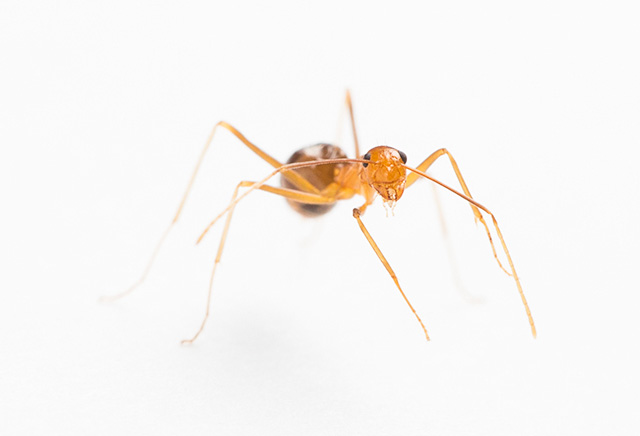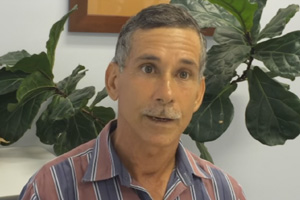The Invasive Species Council has expressed disappointment that major parties failed to commit to critical yellow crazy ant funding before voting commenced – warning that years of hard work and millions of dollars could be lost without urgent action.
The Wet Tropics yellow crazy ant eradication program, based in Cairns, is a global success story. The program has so far cleared 728 hectares – including 1,500 residential properties – and protected the World Heritage rainforest from the devastating impact of invasive ant supercolonies.
But the program’s future hangs in the balance. Federal funding is only secured until 2026. Without a renewed commitment of $6 million for an additional 2 years, the fight against yellow crazy ants will stall – risking a rapid resurgence that could undo years of progress.
‘This should have been at the top of the agenda during the campaign. We’re disappointed that clear commitments weren’t made before voting began – because without this funding, everything we’ve achieved could unravel,’ Invasive Species Council Advocacy Manager Reece Pianta said.
‘The Queensland government has already done their bit and committed to matching federal investment, and the Australian Greens have pledged to support the next phase of eradication. Now we need the parties – including Labor and the Coalition – to come to the table.
‘Yellow crazy ants threaten to blind wildlife, disrupt rainforests and damage the tourism economy. This is one of the worst invasive species in the world, but thankfully, we’ve got one of the best eradication programs – however, we must see it through till the end.
‘Long-term funding is essential to launch the second half of the eradication plan. More support will be needed beyond 2028 to finish the job, but the immediate priority is securing this next stage.
‘This isn’t a partisan issue – it’s a test of leadership. The science is clear. The community backs it. The program works. What we need now is political will.’
Media inquiries: (02) 8006 5004.
Images of yellow crazy ant photos here.
Background:
- YCA (Anoplolepis gracilipes) has been listed by the International Union for the Conservation of Nature as one of the world’s worst invasive species. It was identified in the national tramp ant threat abatement plan as one of six species of national priority.
- YCA are listed as restricted under category 3 of the Queensland Biosecurity Act 2014 and therefore must not be given away, sold, or released into the environment without a permit. Under the act’s ‘general biosecurity obligation’, everyone must take all reasonable and practical steps to minimise the risk from this ant.
- YCA are known to harm lizards, frogs, small mammals and turtle hatchlings. They are a highly invasive ant whose dense supercolonies dominate landscapes ecologically, displacing other insects and preying on small vertebrates as well.
- They are a highly aggressive species, and have made their way into Australia through our ports. After first arriving on Christmas island sometime before 1934, yellow crazy ants have since been recorded in Queensland, the Northern Territory and NSW. They now threaten areas like Queensland’s Wet Tropics World Heritage Area, the oldest continuously surviving tropical rainforests on the planet.
- YCA do not bite. Instead, they spray formic acid to blind and kill their prey. And although they’re tiny, they can swarm in great numbers, killing much larger animals like lizards, frogs, small mammals, turtle hatchlings and bird chicks and reshaping entire ecosystems.
- Overseas, in places like the Johnston Atoll National Wildlife Refuge in the middle of the Pacific Ocean, yellow crazy ants have killed and deformed large numbers of chicks in seabird colonies by constantly spraying them with acid.
- In 2022, funding commitments we won at the federal election were delivered in the national budget, this included $25m for Twonsville’s yellow crazy ant eradication programs.
- Biosecurity Queensland continues to engage in surveillance and monitoring of YCA though it no longer considers full eradication possible in Queensland (Department of Agriculture and Fisheries, 2018). However, an ongoing localised eradication is underway in Cairns that has demonstrated considerable progress. A 2018 cost-benefit analysis of the Cairns eradication program found that the annual socioeconomic impact to the region of yellow crazy ants would exceed $700 million over the next seven years.
- YCA eradication can be successful if locally focused and prioritised to areas where a risk profile exists for industry, people or environment. This can be an effective way to limit their damage locally and preventing YCA from spreading to other parts of Queensland.








